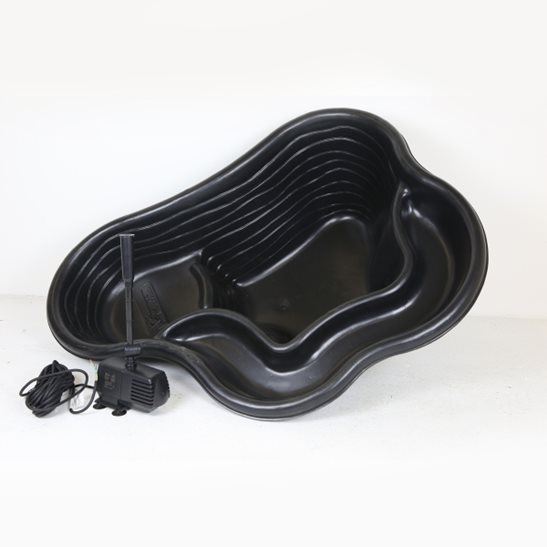Care for your Autumnal Wildlife Garden
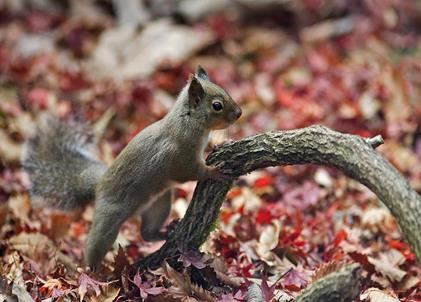
As the colder weather sets in, you will start to notice a change in the types and numbers of wildlife that visit your garden. But autumn is still a key time to take care of the creatures in your backyard!
In this blog we’d like to share with you some tips we think will be very handy when you are starting to prepare your garden for colder months, and for the wildlife you are wanting to attract during autumn! During the colder days to come this year, do your bit for nature…
Some gardens can look dull in autumn and winter, when lots of flowers have died, but this doesn’t have to be the case. Feeding birds throughout this season, and especially into winter is important, as berries, seeds and other natural foods stop growing. This is when bird feeders may need to be displayed, so they can continue to feed increase their breeding success the following year.
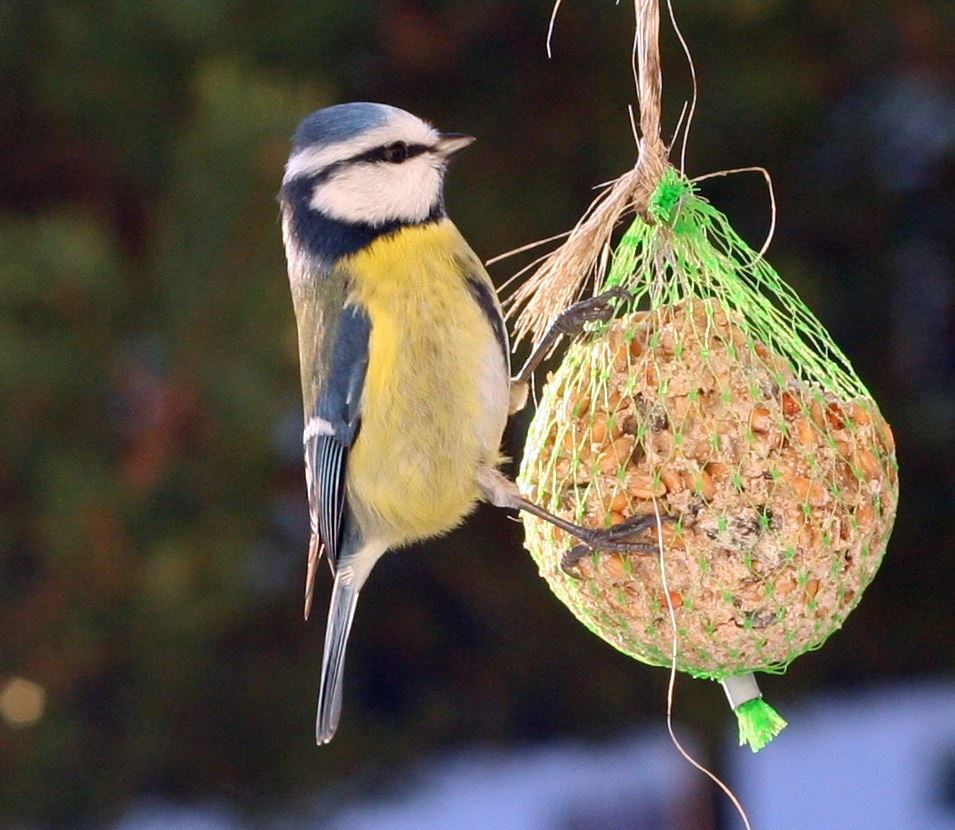
This time of year is also an ideal opportunity to clean out your pond or water feature and remove old nests from nest boxes ready for the following year. You can also make sure you carry out any repairs on these and check they are still firmly attached etc. Birds do not hibernate and require a lot of energy to keep themselves warm at night, that’s why checking your bird boxes now will benefit the wildlife in the long run.
Most people use autumn time to tidy their gardens after the summer season, but can often take this too far, accidentally removing most of the shelter that wildlife will like! You can help the wildlife by leaving as much of your tidying up as possible until the end of winter. Instead you can use this perfect time of year to figure out where you might want to place additions to help the small creatures such as log or stick piles (that will attract small mammals and insects) and compost heaps (where small animals such as hedgehogs and bumble bees can shelter).
Stacks of plant pots can also be a good addition to your back garden as they can provide a sheltered space for bees and other insects needing a cool dry place to stay.
After placing these habitats in your garden, try not to disturb or move them until around April, as some animals may be hibernating here.
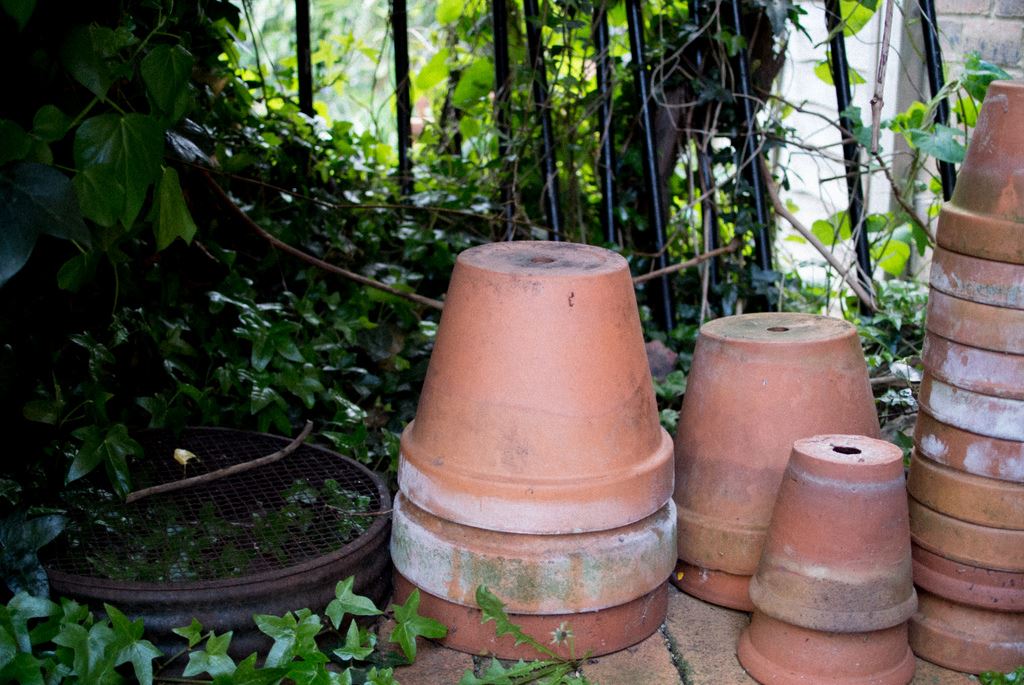
Try and avoid the temptation to throw out all of your fallen leaves. You can actually make use of them for the wildlife by spreading them over your flowerbeds! They will provide a great foraging habitat for many birds and they will help to attract frogs too.
Also try not to cut back your hedges, this will allow birds to eat the berries for longer and can provide shelter for them too.
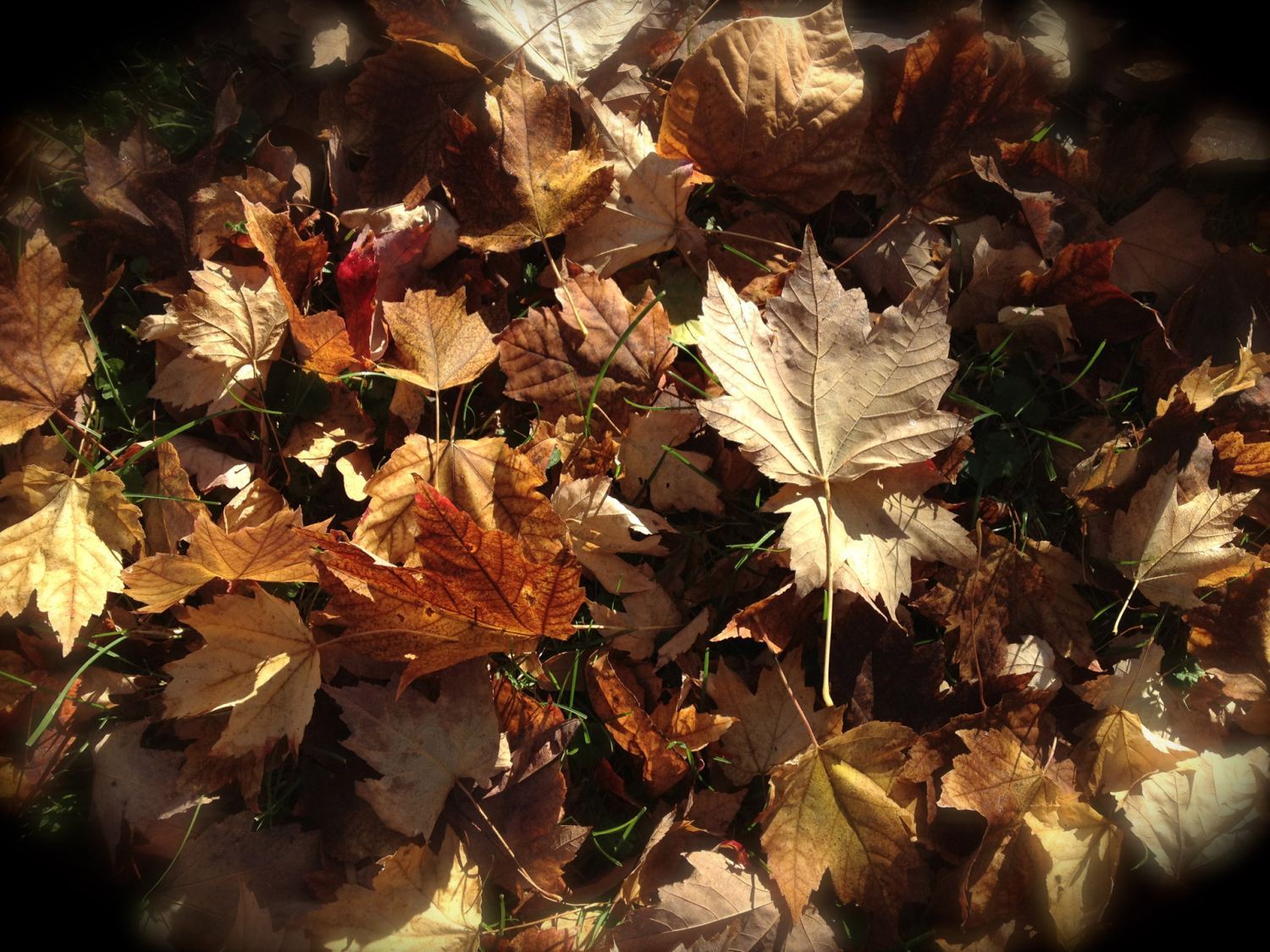
Between the months of October and January are the best times to clear out your pond when wildlife activity is the lowest. However, there will still be plenty of snails, dragonflies and other invertebrates in the vegetation that you move, as well as the occasional newt. Therefore it may be worth sorting through the leaves etc. to rescue trapped wildlife and spread it out on the edge of the pond for a while so they can be free!
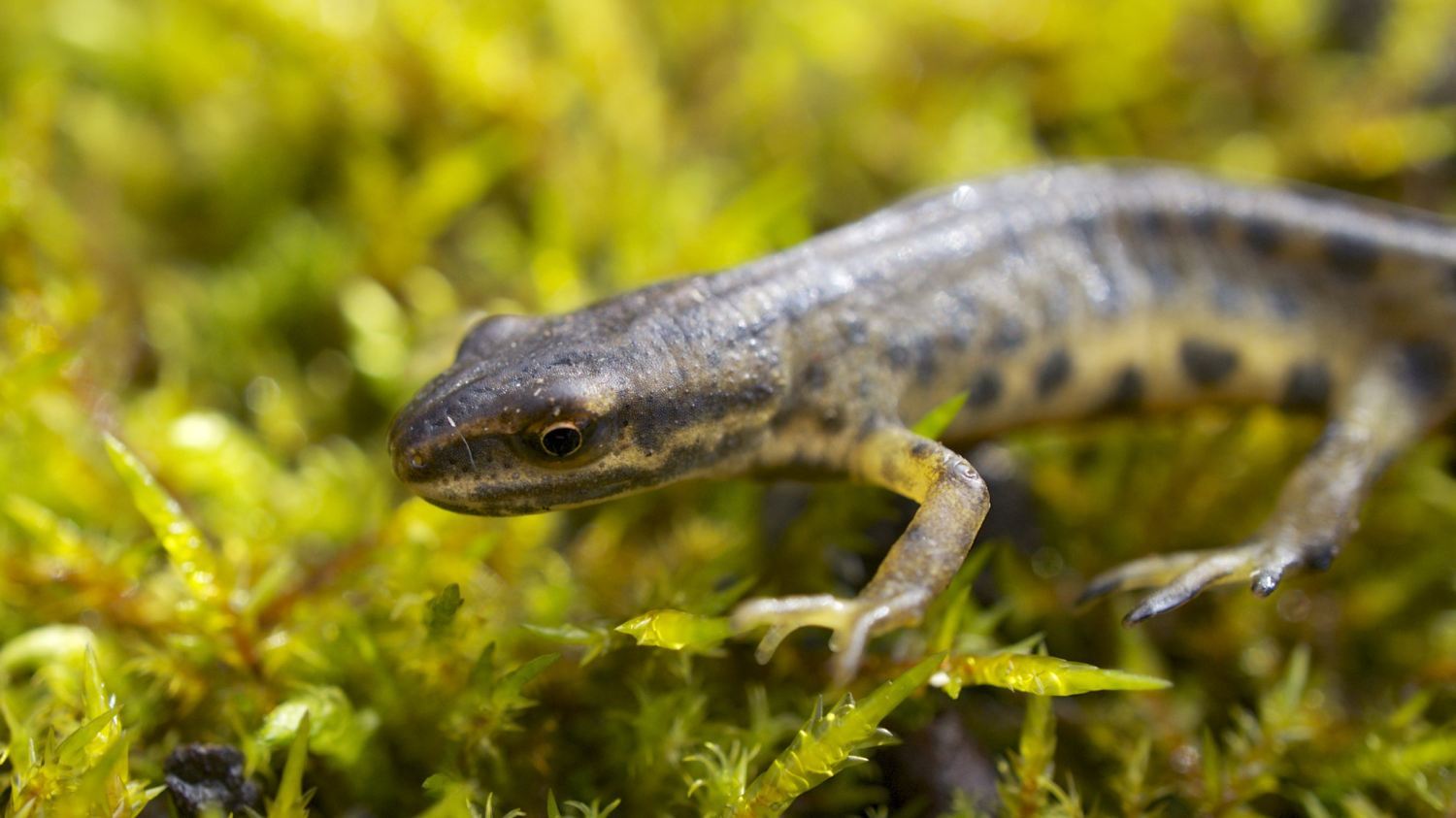
Male frogs often spend the winter months in the depths of ponds, breathing through their skin. But if the pond freezes over, gases caused by decaying plant material can get trapped and poison them. As mentioned above, it is a good idea to remove any debris from your pond now, and perhaps float a tennis or golf ball on the surface of the water to prevent the water from freezing over.
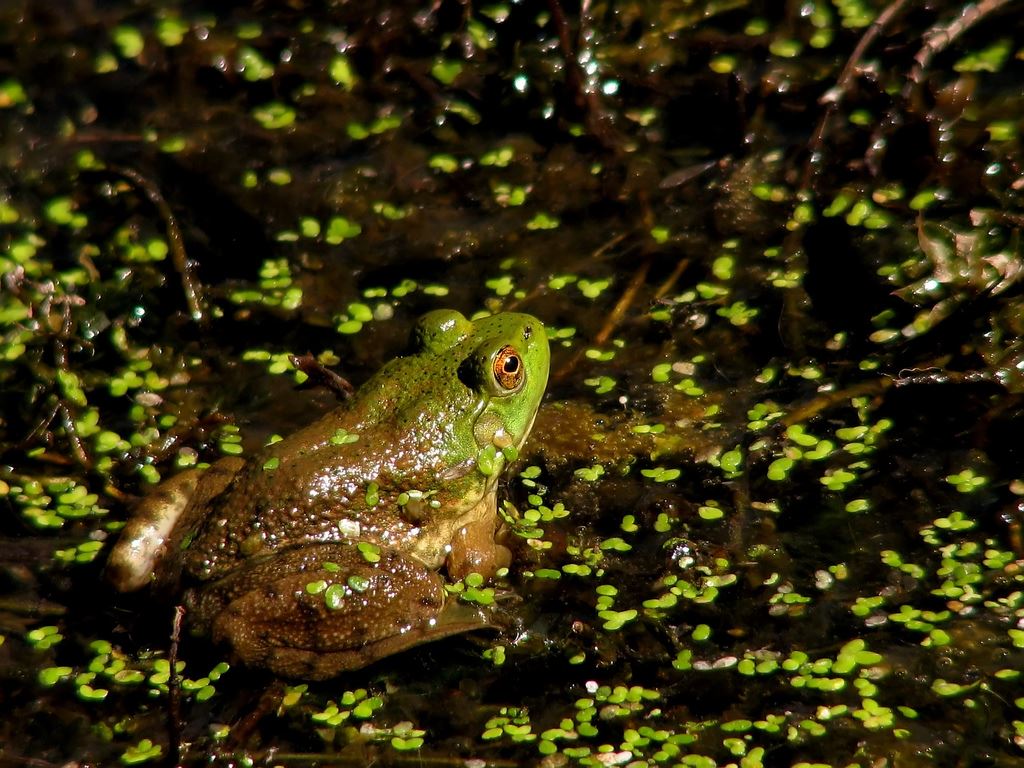
If you’re thinking about adding a pond to your garden this winter to benefit the wildlife, don’t forget to visit our UK Water Features website where we have a fantastic selection that will suit all shapes, sizes and styles of garden.
